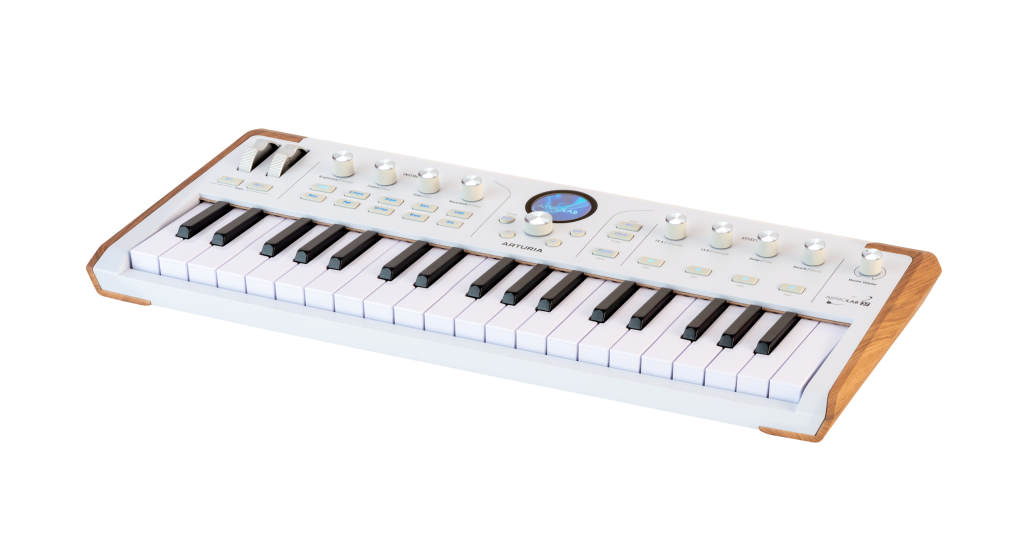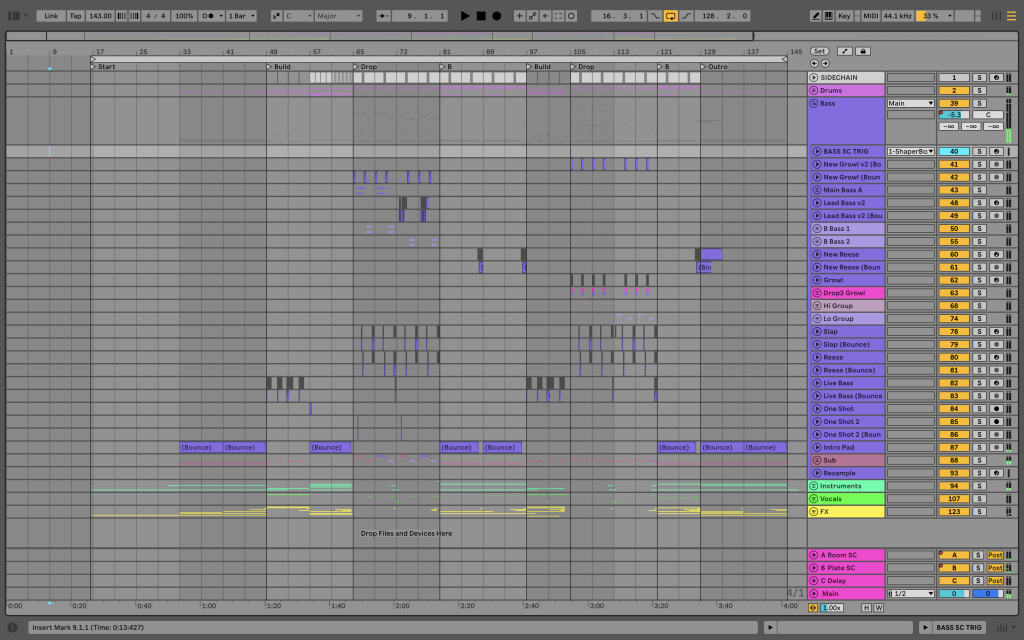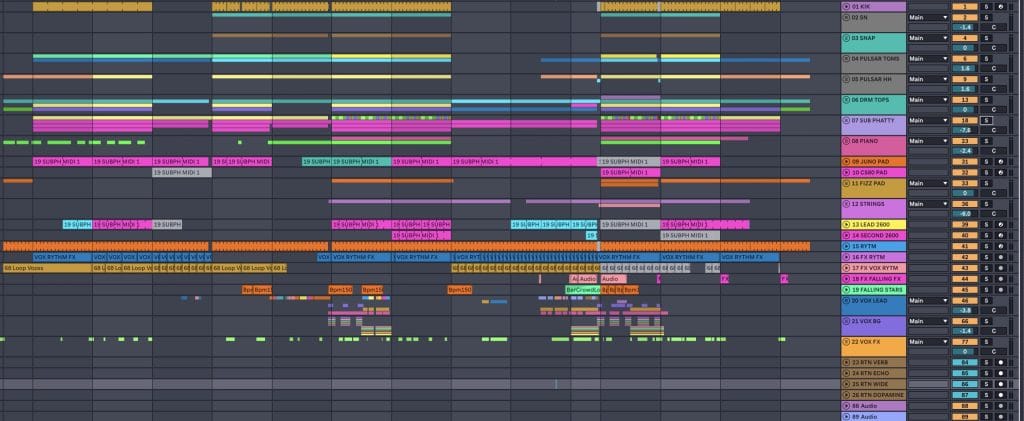Image C/O Ana Viotti
MXGPU, the collaborative project of Moullinex and GPU Panic, have been carving out a space where emotional honesty and electronic precision collide. Their debut album Sudden Light, released on Discotexas, shows how far they’re willing to push the boundaries of club music while keeping the human core intact. The focus track “into flames” is the clearest reflection of that ethos, blending analog warmth, raw vocal emotion, and a production process that’s as obsessive as it is inspired.
For this How It Was Made feature, MXGPU open up about the tools and approaches that shaped “into flames.” From Dave Smith’s legendary Prophet X to raw analog layers from the Octave CAT, the duo reveal how they balanced sound design with spontaneity. Even the vocals, processed through their go-to saturation plugin, show how detail-driven choices helped shape the track’s weight and energy.
It’s a fascinating look inside their workflow at the moment their project is crystallizing into a larger live and studio identity. Here’s how MXGPU took “into flames” from an idea at the keyboard to the emotional centerpiece of Sudden Light.
Prophet X
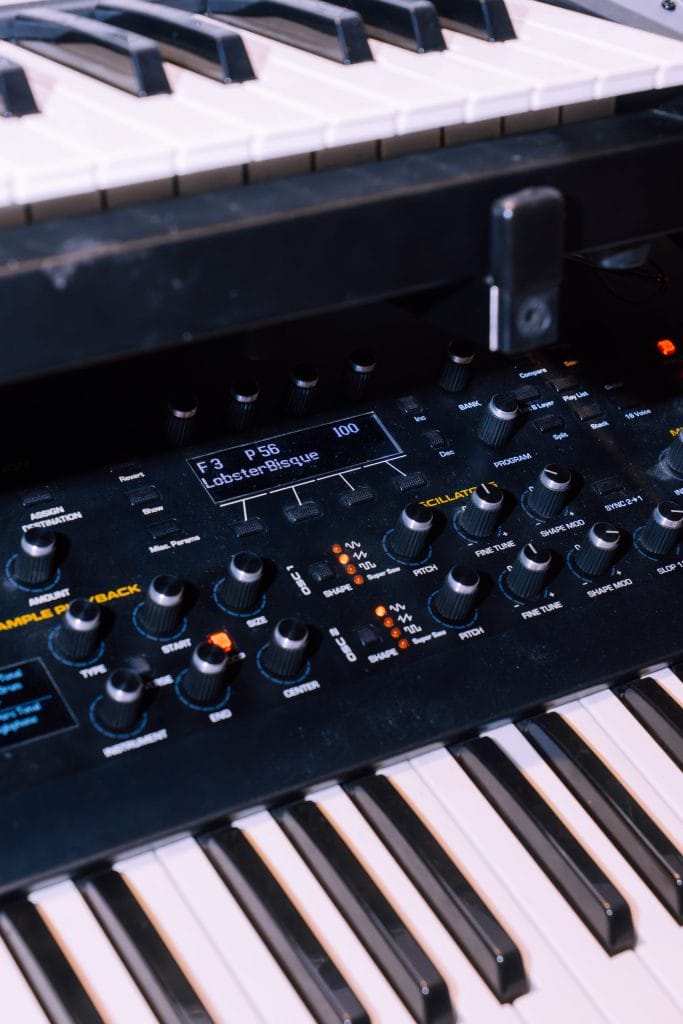
Prophet X is one of the most versatile synths and sound design machines out there, one of the last creations of Dave Smith. Its hybrid subtractive/sampling architecture is perfect for achieving texture in otherwise plain sounds.
The piano and plucky leads in “into flames” were recorded here. The band love to have it always on and scroll through presets when demoing until something clicks and becomes a starting point for new sounds. The idea is to keep recording at all times.
Having a keyboard that is always on – especially one that features a polyphonic sequencer – is a great idea starter. Many times you’re just playing around in the studio and hit a key. That’s how “into flames” was born.
Octave CAT
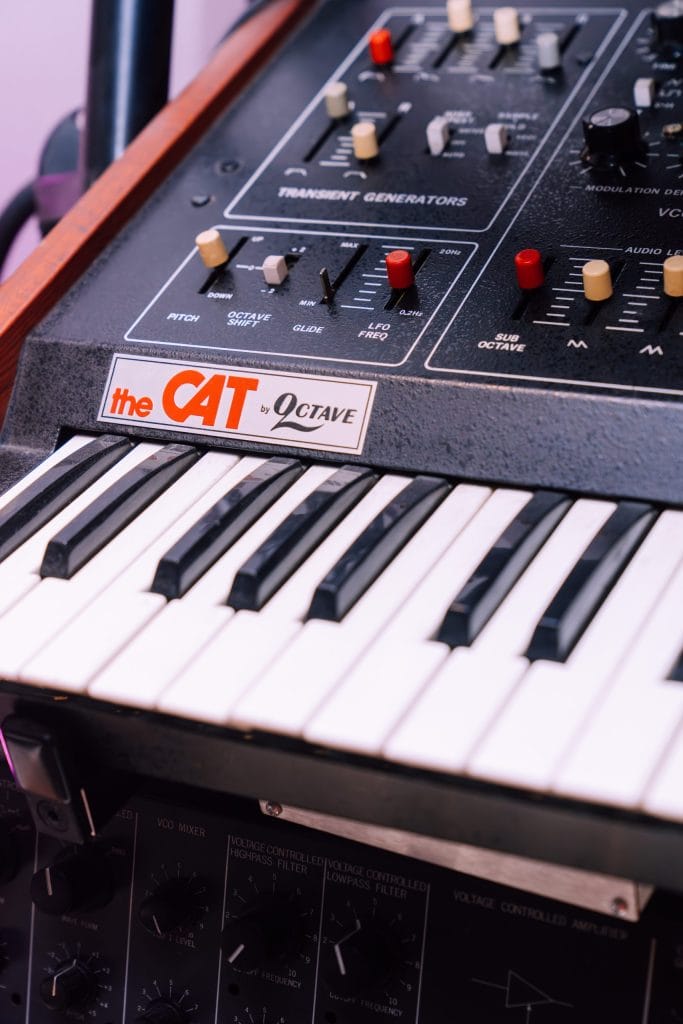
The main lead “bubble” sound came from the Octave CAT. It has the beefiest oscillators in the studio.
This synth has been copied often, and Cherry Audio’s emulation is strong. It’s the go-to for beefy, subtractive, raw analog sounds.
A good way to achieve a great polyphonic sound with a monosynth like this is to layer each voice by muting all the others in a MIDI clip, slightly tweaking the sound between takes.
CS80 V – Arturia
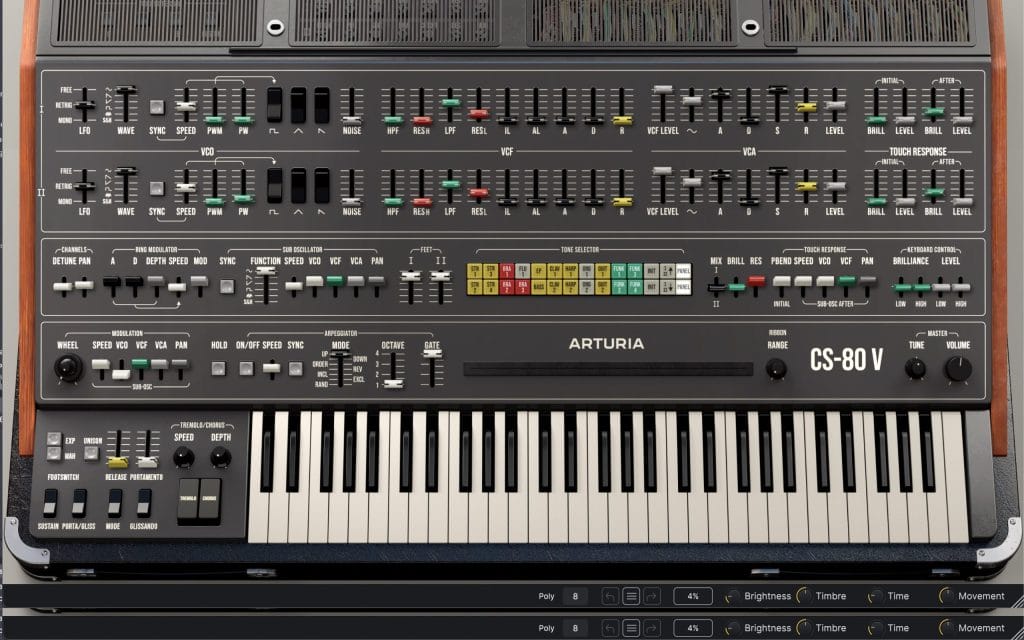
The quintessential pad machine. Besides being a beast, it features sine wave oscillators, which is rare in a subtractive synth. Arturia nailed the emulation.
The main drop is very busy in “into flames” and needed something to hold the harmony without overpowering the track.
Little goes a long way with big polysynths like this. If you layer too many instances or parts with too many notes, it can suddenly sound thin and unfocused.
Vocals – Goodhertz Tupe
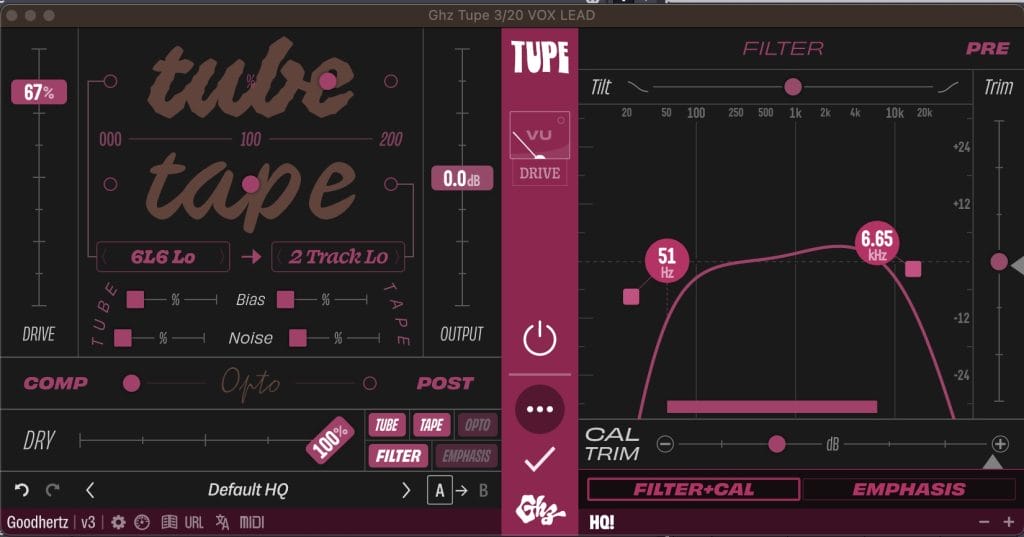
Goodhertz make the duo’s favorite plugins. Tupe is like their channel strip and is used in literally every track. Tupe = Tube + Tape.
They use its ladder filter-based EQ and emphasis for saturation, making sources much more rich and alive.
Layering is key – they often use a little tube and tape saturation multiple times in the same track (before and after delay). This gives the mix more weight and character without losing its soul.
Hot Takes On The Music Scene
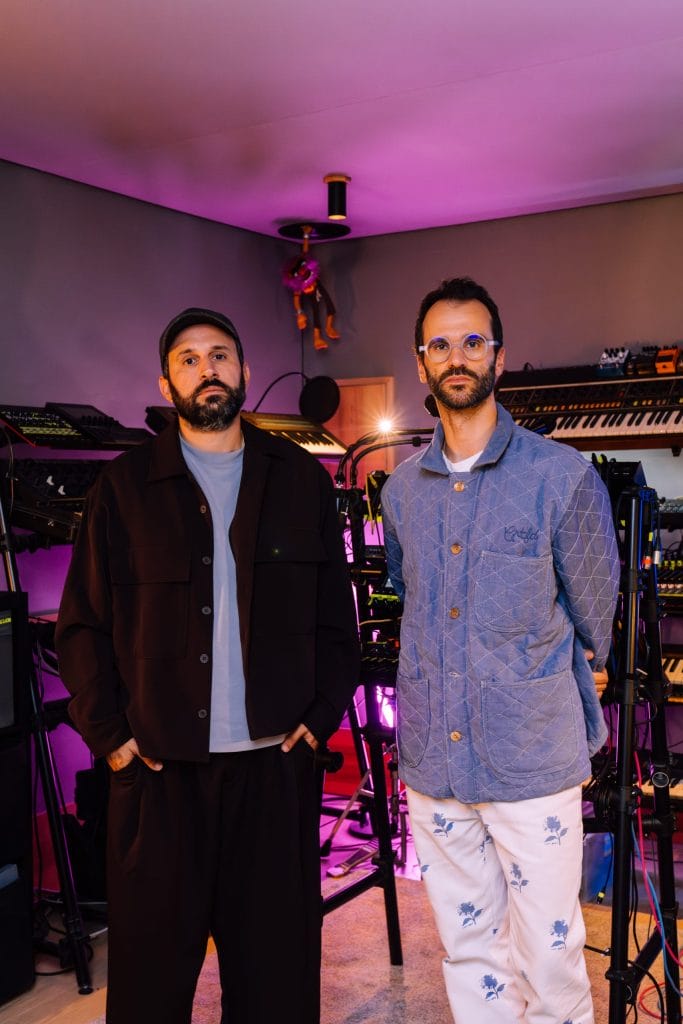
If you’re joining the bandwagon by trying to sound like something huge right now, you’re already two years too late. Try to be ahead, not behind.
It’s time to bring back snares to house music. Where have they been all this time?
Use AI to make you sound more like yourself, not like others. Your identity is what is irreplaceable.
Studio sessions should be judgment free. You have all the time in the world after the fact to be the perfectionist editor. But allow everyone room and comfort to try and make mistakes.
Audiences don’t need to be told to switch off their phones. They need experiences that make them forget about them in the first place.
The post How It Was Made: MXGPU – into flames (Discotexas – Electronic) appeared first on Magnetic Magazine.



